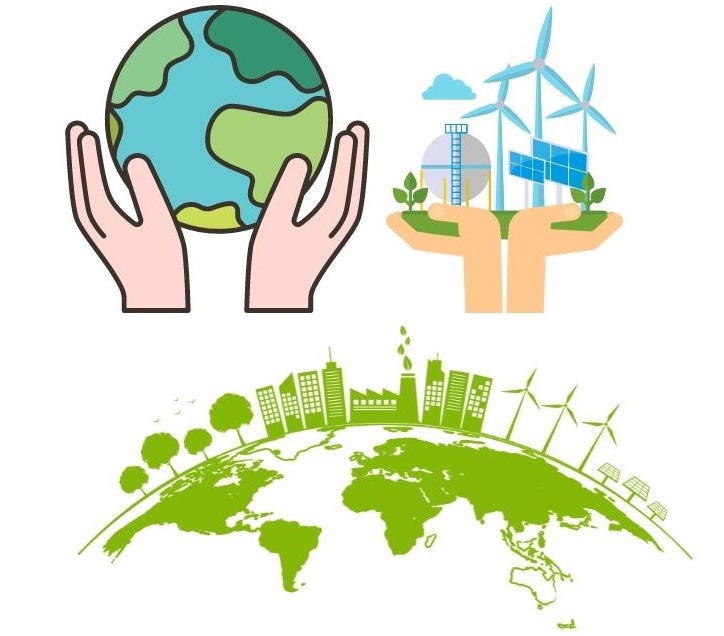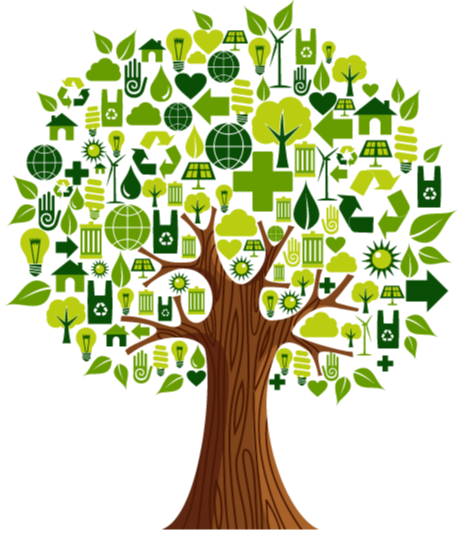There are many different origins and definitions of the term sustainable development but in 1987 the World Commission on Environment and Development’s report called the Brundtland Report is by far the best and is now one of the most widely recognized definitions:
“Sustainable development is development that meets the needs of the present without compromising the ability of future generations to meet their own needs. It contains within it two key concepts:
- the concept of ‘needs’, in particular the essential needs of the world’s poor, to which overriding priority should be given; and
- the idea of limitations imposed by the state of technology and social organization on the environment’s ability to meet present and future needs.”
So this all sounds great. Nice and scientific but what does this mean and what needs for our current and future life conditions are needed in order to accomplish this? Let’s think out loud for a moment shall we? We need clean air to breathe and for plant life to exist. We need transportation as well. For the most part these “needs” will conflict and this is a decision that we have to make. Now take your conflicting needs and multiply them by your town/city, state, country, world! How about a specific example. Japan’s (and most countries) need for energy relies on using nuclear power yet there is a risk to the people’s safety (and other countries) of those countries.
How do we as a society decide whose needs are met first? By economic status? Citizens or immigrants? People living in urban or in the rural areas? People first world countries over third world countries? You or your neighbor? The environment or the corporation? This generation or the next generation? When there has to be a trade off, whose needs should go first?
These are very complex questions to answer and really they are just the tip of the iceberg when it comes to the questions that we need to ask ourselves about sustainable development. People concerned about sustainable development suggest that meeting the needs of the future depends on how well we balance social, economic, and environmental objectives–or needs–when making decisions today.
It is amazing to see how so many things conflict with each other in the short term yet in the long term it works out for the best. For example, third world growth might conflict with preserving natural resources. Yet, in the long run, the responsible use of these natural resources will help ensure that there are resources available for sustained growth of these third world countries into the future.
So if you look at the diagram above you can see that it raises a number of difficult questions. For example, can the long term economic objective of sustained agricultural growth be met if the ecological objective of preserving biodiversity is not? What happens to the environment in the long term if a large number of people cannot afford to meet their basic household needs today? If you did not have access to safe water, and therefore needed wood to boil drinking water so that you and your children would not get sick, would you worry about causing deforestation? Or, if you had to drive a long distance to get to work each day, would you be willing to move or get a new job to avoid polluting the air with your car exhaust? If we don’t balance our social, economic, and environmental objectives in the short term, how can we expect to sustain our development in the long term?
To Sum Up What Is Sustainable Development
In other words, when people make decisions about how to use the Earth’s resources such as forests , water, minerals, gems, wildlife, etc., they must take into account not only how much of these resources they are using, what processess they used to get these resources., and who has access to these resources. Are enough resources going to be left for your grandchildren to use and will the environment be left as you know it today?



